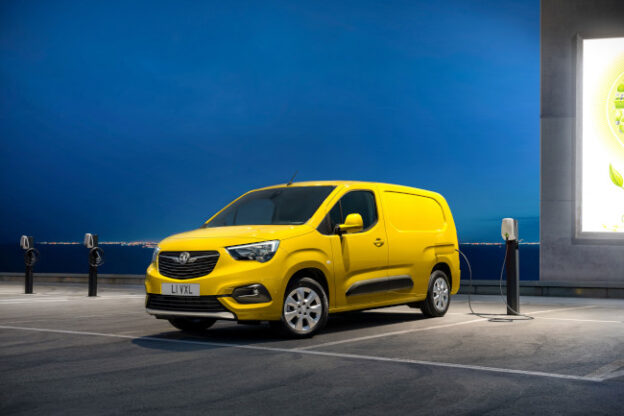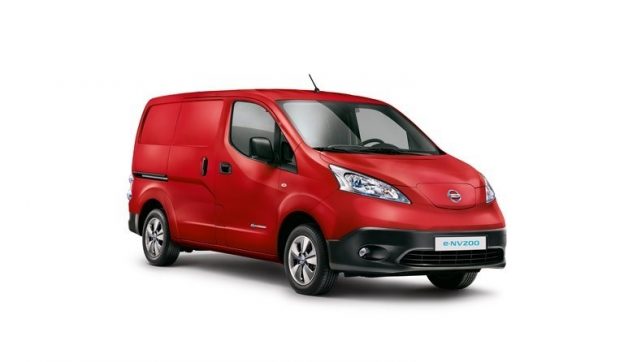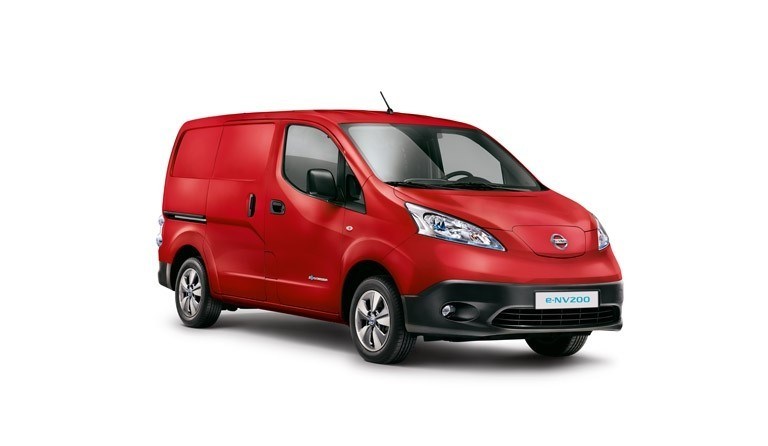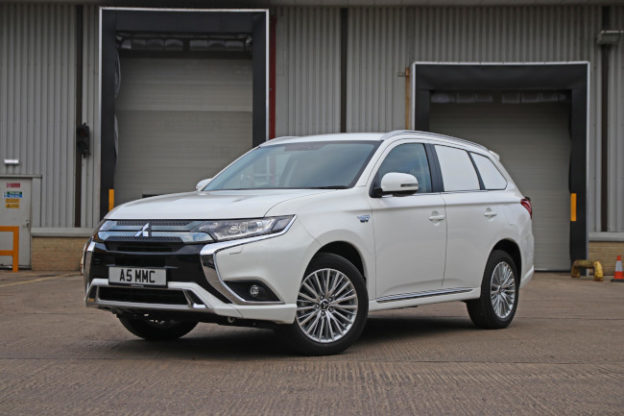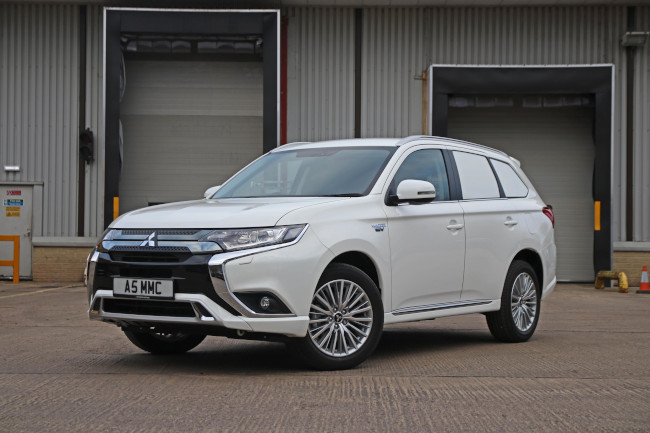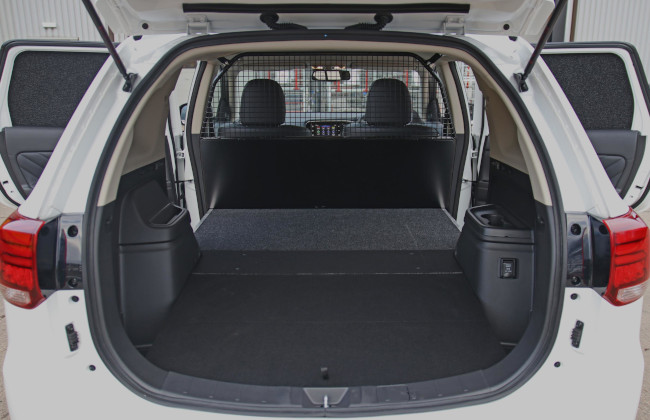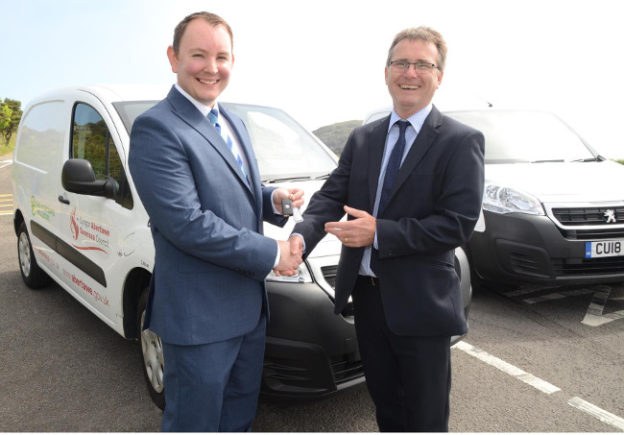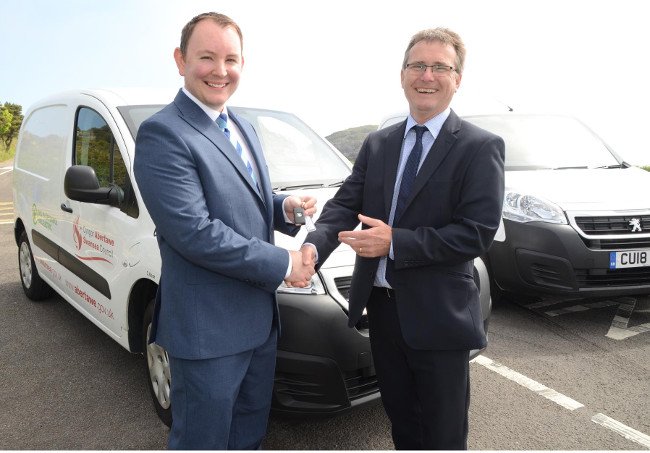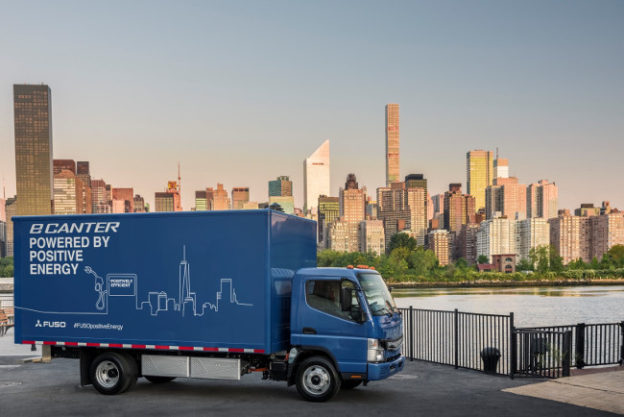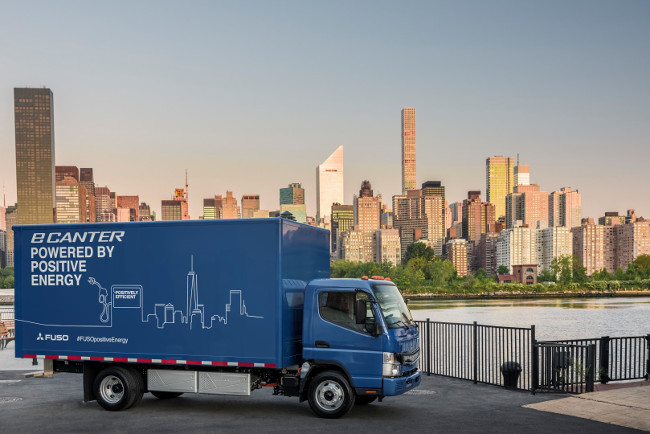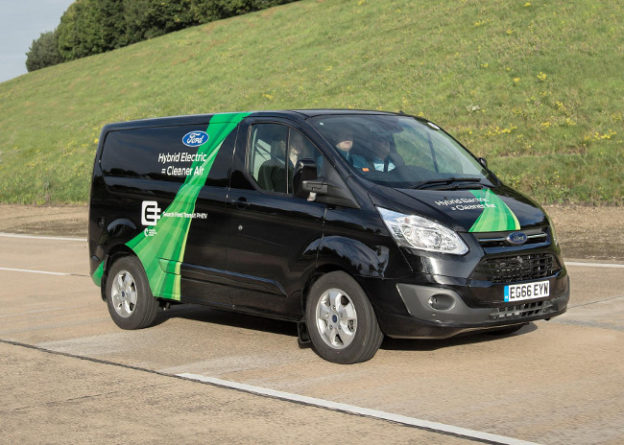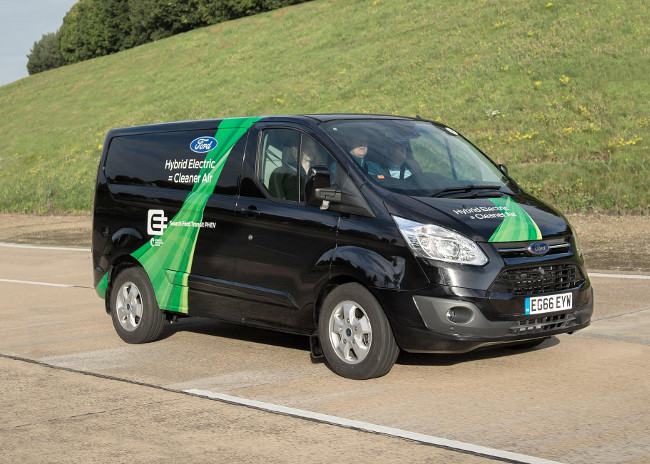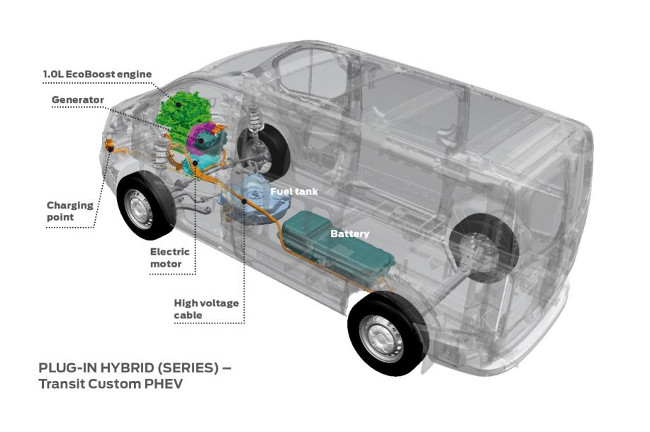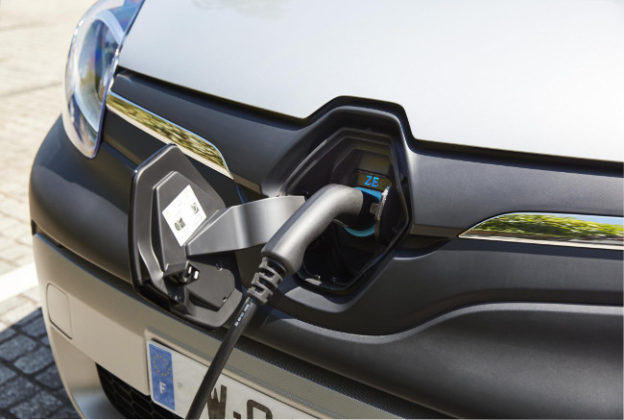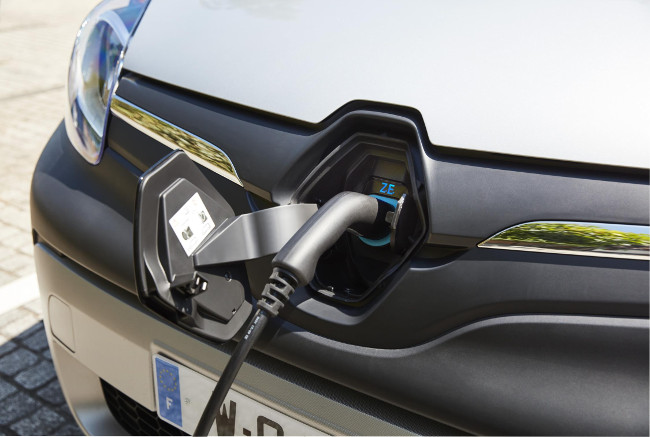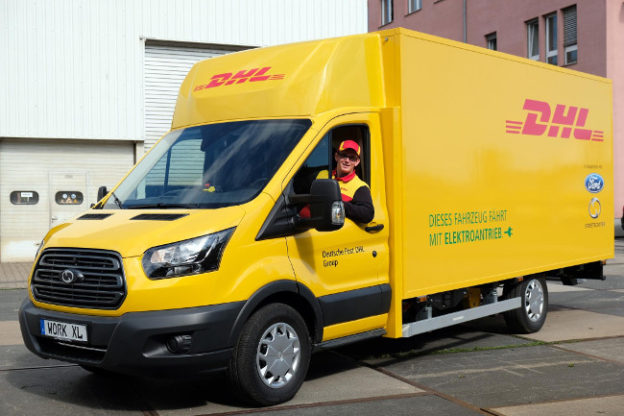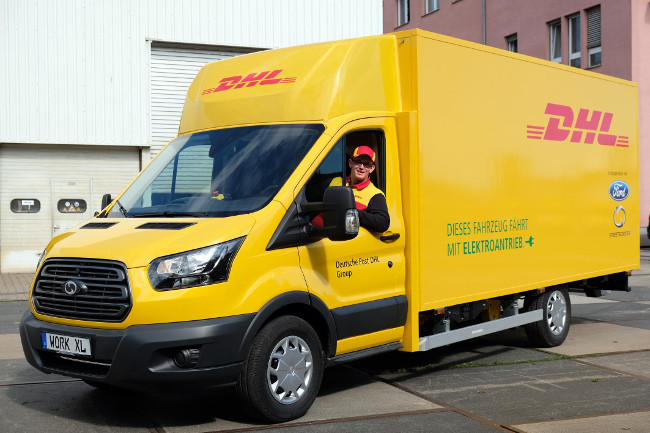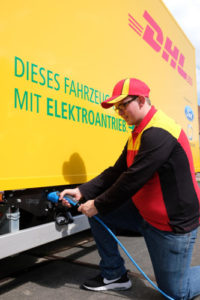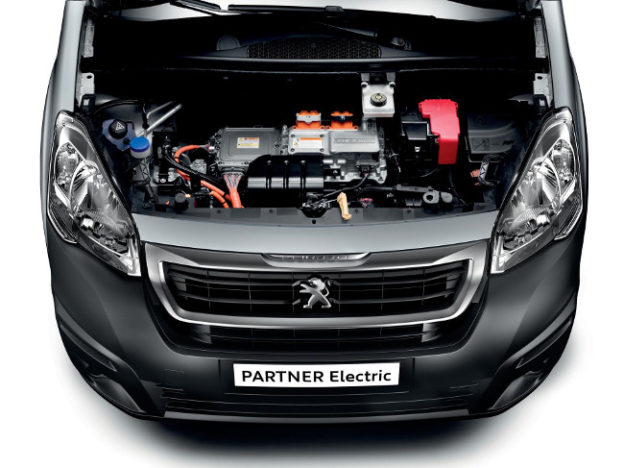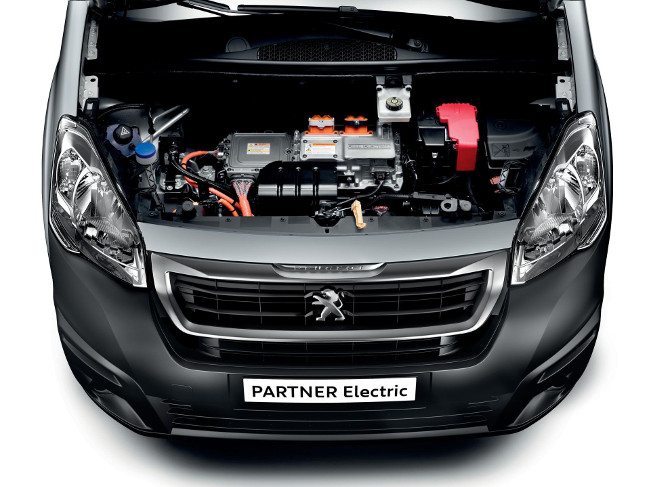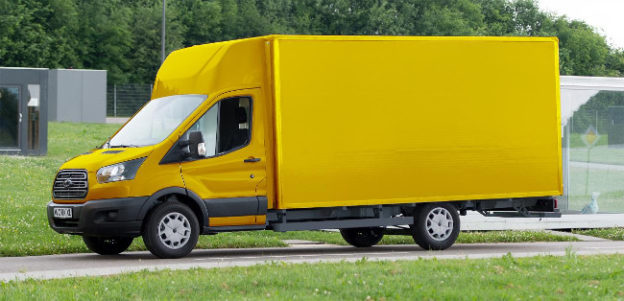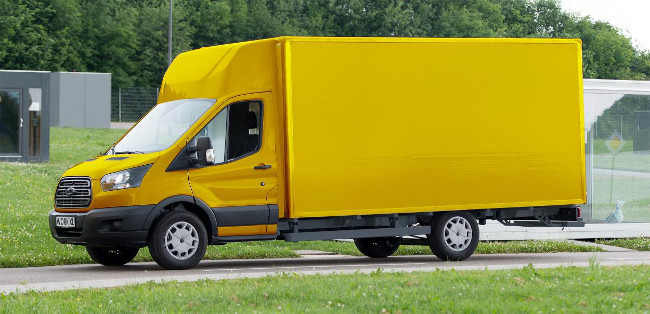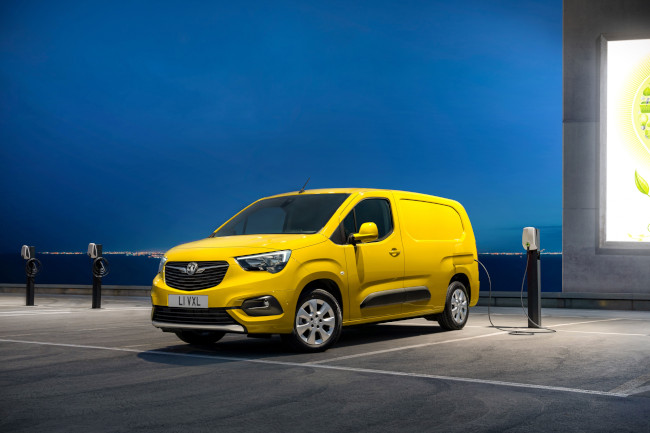
A recent survey by van manufacturer Fiat found that 35% of van drivers are would consider an electric van for their next model. Given this, surely it’s about time that van rental companies started to offer electric van hire?
With a few notable exceptions, electric hire vehicles are few and far between. When they are available, they’re usually cars, not vans. I’ve searched through the websites of all the main van hire companies and as far as I can tell, none of them offer electric vans.
Indeed, van hire specialist Northgate seem keen to explain why electric vans aren’t suitable for widespread use yet. Although they make some valid points, this post written in 2019 and a more recent article from 2020 both strike me as surprisingly negative.
The traditional objections to electric vans are that they’re:
- only suitable for very local use due to limited range
- too expensive to buy
- too inconvenient to charge
- have uncertain resale values
Of course, there’s some truth in these comments. But more charging points are being added every day and many electric vans now offer real-world range of 120 miles or more. The latest Citroën e-Berlingo small van (also sold as the Vauxhall Combo-e) has an official range of up to 171 miles. I guess that will be a bit lower in actual use, but it should still be plenty for many van drivers.
Early adopters
To be fair, I did find one van hire company in my search that does offer electric vans. Kudos to Yorkshire/Lincolnshire firm TJS Self Drive, which has some small electric vans for hire. TJS rightly make the point that 70% of small vans travel less than 70 miles a day. That’s well within the range of most current electric van models.
If van hire companies are lagging behind in adopting electric models, big corporate fleet operators are showing more interest. One example is television group Sky, which recently took delivery of 11 Renault Kangoo Z.E. electric vans. These will be based in London, Southampton and Scotland and will be used to help Sky work out how it can convert its wider commercial fleet to electric power in order to meet its corporate target of net zero carbon emissions by 2030.
It’s early days for electric van hire, but as we’ve been saying for years here at vanrental.co.uk, electric vans are very well suited to some types of van use. Many companies operate vans in urban areas, with limited mileage or fixed routes. Electric power makes increasing sense and helps companies to meet their environmental responsibilities. We’d urge van hire companies to show leadership in this area by making electric vans available as widely as possible.

